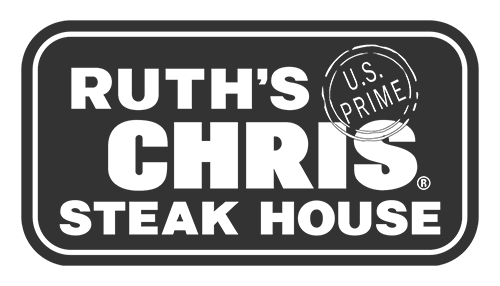Let’s admit it, Recipe Costing can seem daunting.
In its simplest form, Recipe Costing is the study of the amount a restaurant spends on a recipe and how much it costs to serve a portion of that recipe. For restaurants and other operators, understanding those costs is essential for determining overall food costs, forecasting, making decisions about menu changes, and calculating impacts on profitability. However, for most operators, recipe costing is not a simple task. Most restaurants are understaffed and rarely have time to take consistent inventory, never mind ensuring they have enough time to complete recipe costing accurately. Below are a few ways restaurants can take strides towards making Recipe Costing easier and worthwhile.

Use FoodBAM
If you’re not already using our FoodBAM tool for your inventory and other back of house needs, here’s a stellar reason to start. FoodBAM already knows about every product in your walk in and what you paid for it. You can simply build each recipe inside the FoodBAM app to calculate an accurate cost for each recipe. As ingredient costs fluctuate each week, your recipe costs will automatically adjust, giving a clear picture of how your prices affect your profitability. Plus, FoodBAM’s restaurant management software integrates seamlessly with popular POS systems like Aloha, Positouch, Micros and many cloud-based tablet systems like Lavu and Lightspeed. Once your Recipe Costs are tied to your total orders – there is no more theoretical. Actual Costs of Goods Sold is sent directly to you without any calculation.
Use a spreadsheet Recipe Cost Calculator
Not using FoodBAM yet? No problem. There are still ways to get accurate recipe costing pricing, albeit with a little more hard work. Try using a simple recipe costing sheet or food cost calculator like this one to begin to count out the costs of your recipes. One important thing to remember when completing recipe costing by hand is to ensure you are measuring recipes by weight, not simply by the measurements a recipe calls for. FoodNewsFeed outlines one such example saying, “many recipes will call for a spoodle, tablespoon, or teaspoon of an ingredient. These utensils ensure portion control and proper execution. For recipe costing, however, we need to account for the associated weights. A one-ounce spoodle of feta cheese cannot be counted as an ounce for costing. When you place a spoodle of cheese on a digital scale, you will discover that the true weight is not even close to an ounce. It weighs 0.3 oz.” Additionally, you should also ensure that as your raw ingredients are prepped for use in the recipe, it alters the pricing of a particular item in your recipe. For instance, if you purchase tomatoes for a recipe you may assume there is little to no difference in cost/lb between varied tomato types once their chopped. However, if you actually chop plum tomatoes verse hot house tomatoes, you’ll see there’s actually a greater yield and a lower cost per lb with plum tomatoes. Weighing your recipe items at each stage of prep will give you the most accurate readings for your final food costs.

Complete Recipe Costing for your Top Selling Items, often
Ingredient prices fluctuate with the seasons, recalls, and other external factors. When you start recipe costing, it might be a good idea to simplify the large task of your menu down to your top selling items first. Then, calculate each recipe with your most recent invoice and ingredient costs to ensure your top selling item is still bringing in your expected food costs and profits. For example, if your top selling item features avocado and there’s a sudden supply shortage you may see your ingredient cost skyrocket on that particular item and your supposed profit may be largely minimized. At that time, try considering ingredient substitutions or train your staff to feature other menu items that also have a low recipe cost and a high profit.










